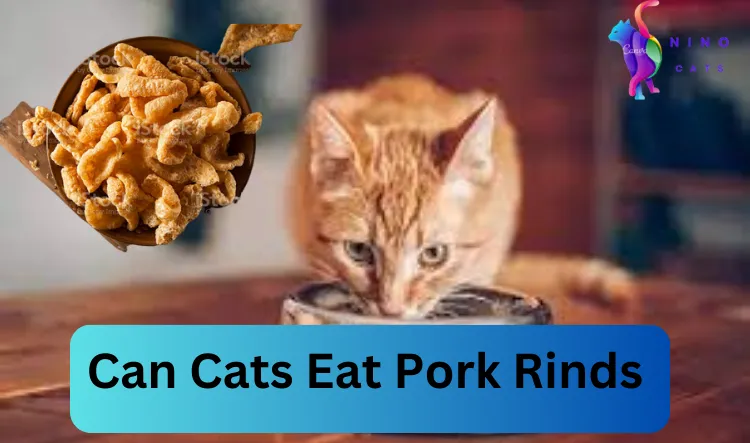As responsible cat owners, we always want to ensure that our feline friends are eating a safe and healthy diet. With the abundance of human snacks around us, questions like “Can cats eat pork rinds?” naturally arise. In this comprehensive guide, we will address this question and provide valuable insights into the effects of pork rinds on cats, discussing their potential benefits and risks.

Understanding Feline Dietary Requirements
Before we delve into the specific question of whether cats can eat pork rinds, it’s crucial to understand the dietary requirements of our furry companions. Cats are obligate carnivores, which means their natural diet mainly consists of meat. They have specific nutritional needs, including essential amino acids, arachidonic acid, and certain vitamins and minerals, which are typically found in animal-based proteins.
Pork Rinds: What Are They?
Pork rinds, also known as pork skins, chicharrones, or cracklings, are a popular snack made from the skin of a pig. They are deep-fried until they become crispy and crunchy, resulting in a savory and salty treat loved by many humans.
Can Cats Eat Pork Rinds?
The short answer is no, cats should not eat pork rinds. While pork rinds are high in protein, they are not suitable for feline consumption for several reasons:
- High Sodium Content: Pork rinds are heavily seasoned with salt, which is harmful to cats. Cats have low thirst drives, and excessive sodium intake can lead to dehydration and put a strain on their kidneys.
- Lack of Essential Nutrients: Cats require specific nutrients like taurine, which is found abundantly in animal tissues. Pork rinds do not provide the necessary nutrients that cats need for optimal health.
- Potential Additives: Commercially available pork rinds might contain additives or preservatives that can be toxic to cats.
The Risks of Feeding Pork Rinds to Cats
Feeding pork rinds to cats can lead to several health risks, including:
- Gastrointestinal Issues: The high-fat content in pork rinds can cause digestive upset in cats, leading to vomiting and diarrhea.
- Obesity and Pancreatitis: The excessive fat and calories in pork rinds can contribute to obesity and pancreatitis, both of which are serious health concerns in cats.
Safer Alternatives for Treats
Instead of giving your cat pork rinds, opt for these safer and healthier alternatives:
- Commercial Cat Treats: There are many cat treats available on the market that are specifically formulated for feline dietary needs.
- Cooked Meat: Cats can enjoy small amounts of cooked lean meat, such as chicken or turkey, as an occasional treat.
- Catnip or Cat Grass: Many cats enjoy catnip or cat grass as a safe and natural treat.
Conclusion
In conclusion, it is essential to prioritize our cat’s health and well-being when choosing their food and treats. While pork rinds might be a tasty snack for humans, they are not suitable for feline consumption. The high sodium content, lack of essential nutrients, and potential additives make them a risky choice for our furry companions. Instead, stick to a balanced and appropriate diet that meets all their nutritional needs.
Remember, the best way to show our love for our cats is by providing them with a safe and nourishing diet, ensuring they lead a happy and healthy life.
Can Cats Eat Flour? What You Need To Know!
Can Cats Eat Candy? What You Need To Know!

